Just Stunning: Fabian Oefner Creates Paintings Without Canvases
How does he do it?
This striking Volumen series of sculptures/paintings is by Swiss artist Fabian Oefner. He has somehow captured two-dimensional brushstrokes in three glorious dimensions, forever freezing them within a block of resin.
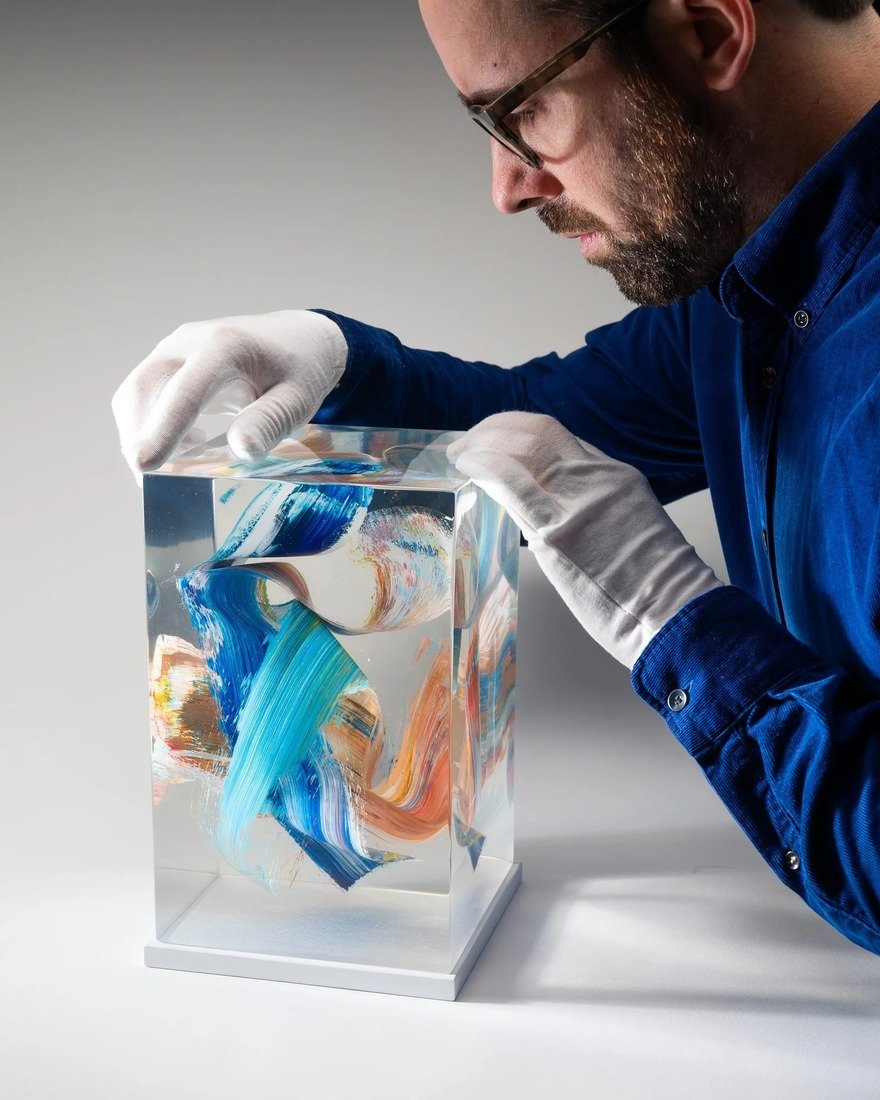
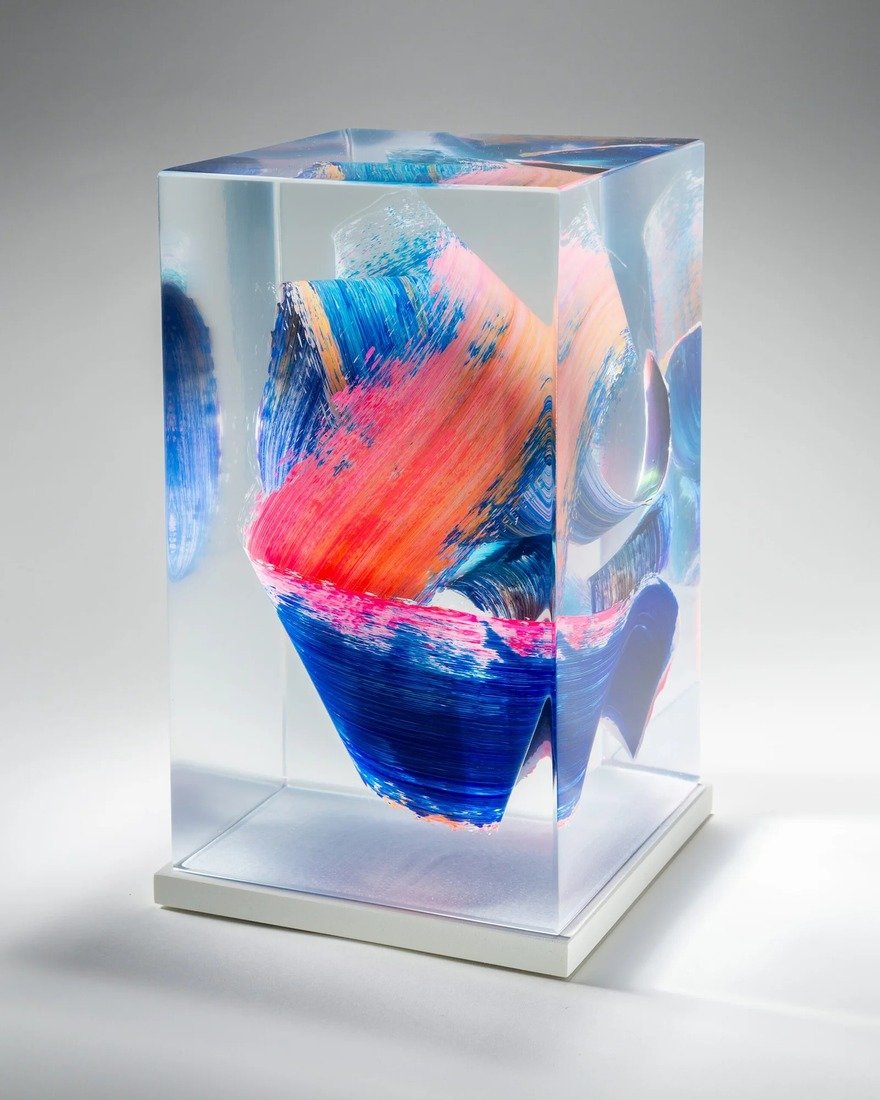
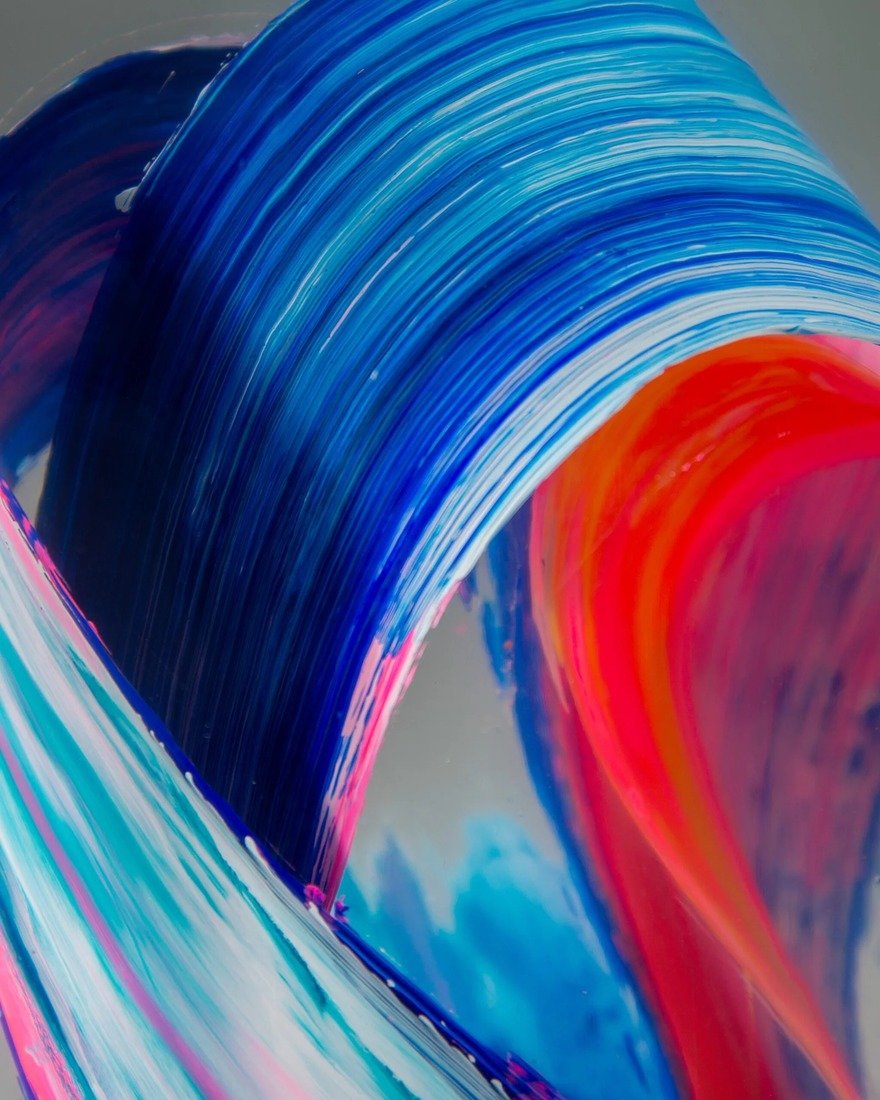
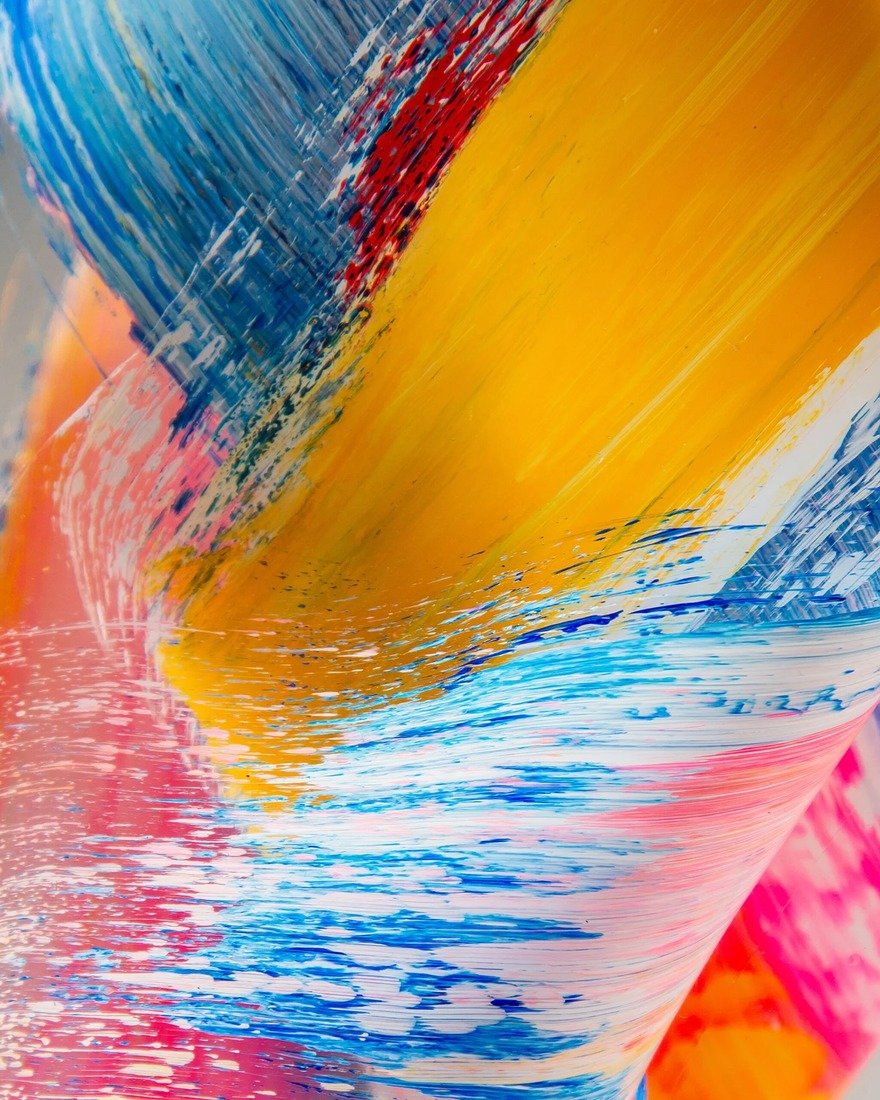
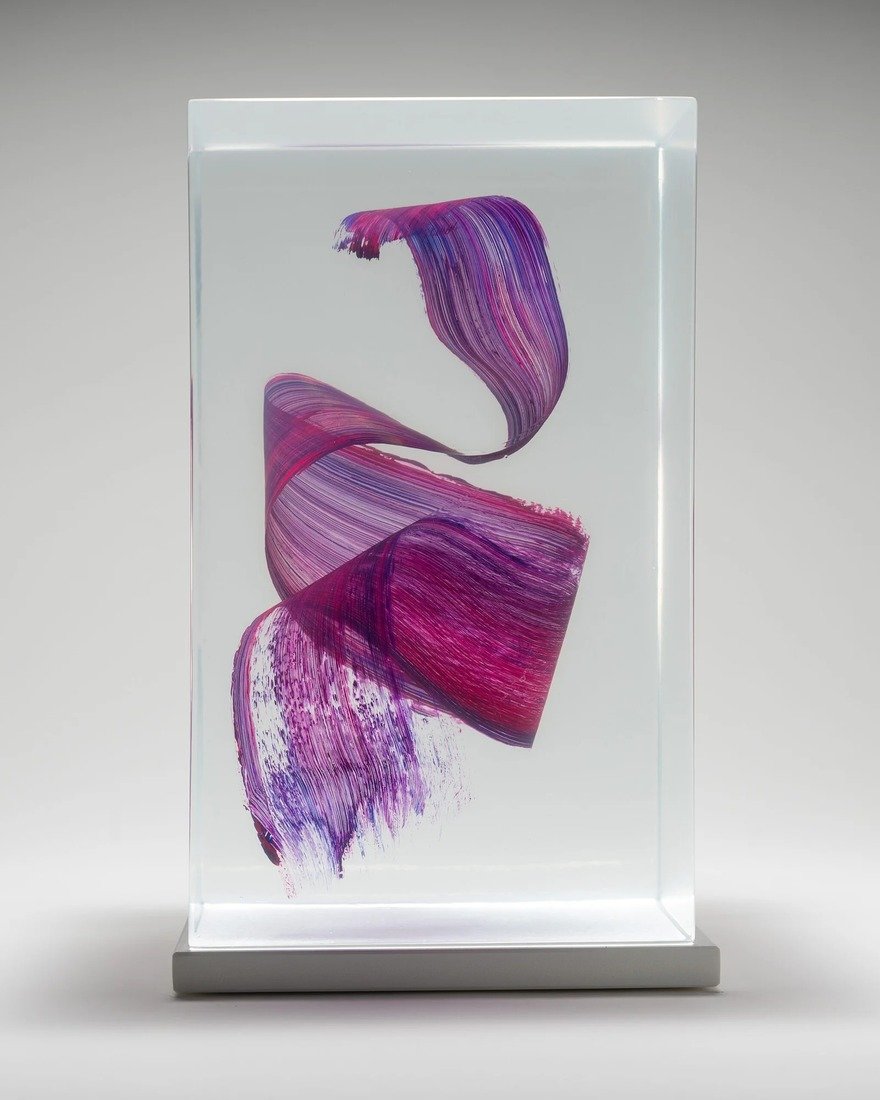
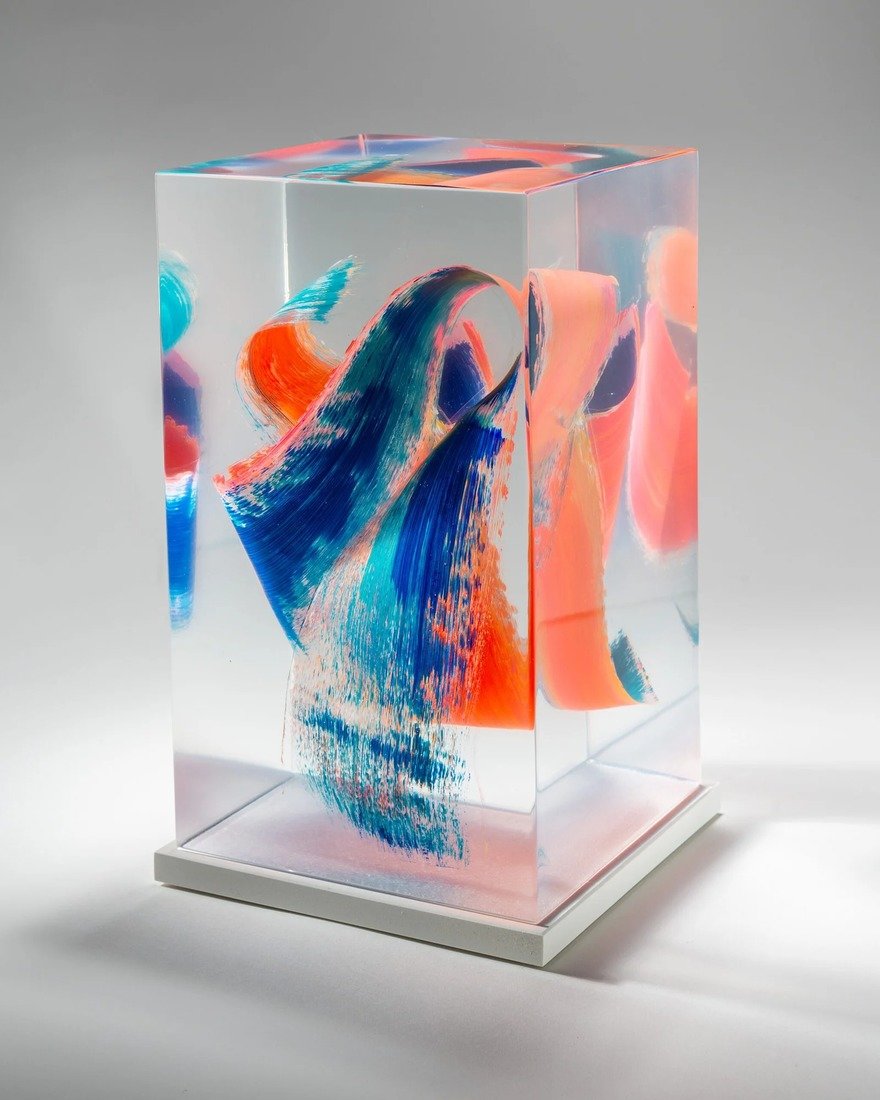
"I have always been fascinated by the textural quality of paintings," says Oefner. "For me, experiencing works like de Kooning's Door to the River or Pollock's Lavender Mist has always been as much a tactile experience as a visual one. These paintings are almost like sculptures to me. What I am doing is removing the canvas entirely and lifting the paint into space, making its physicality completely tangible."

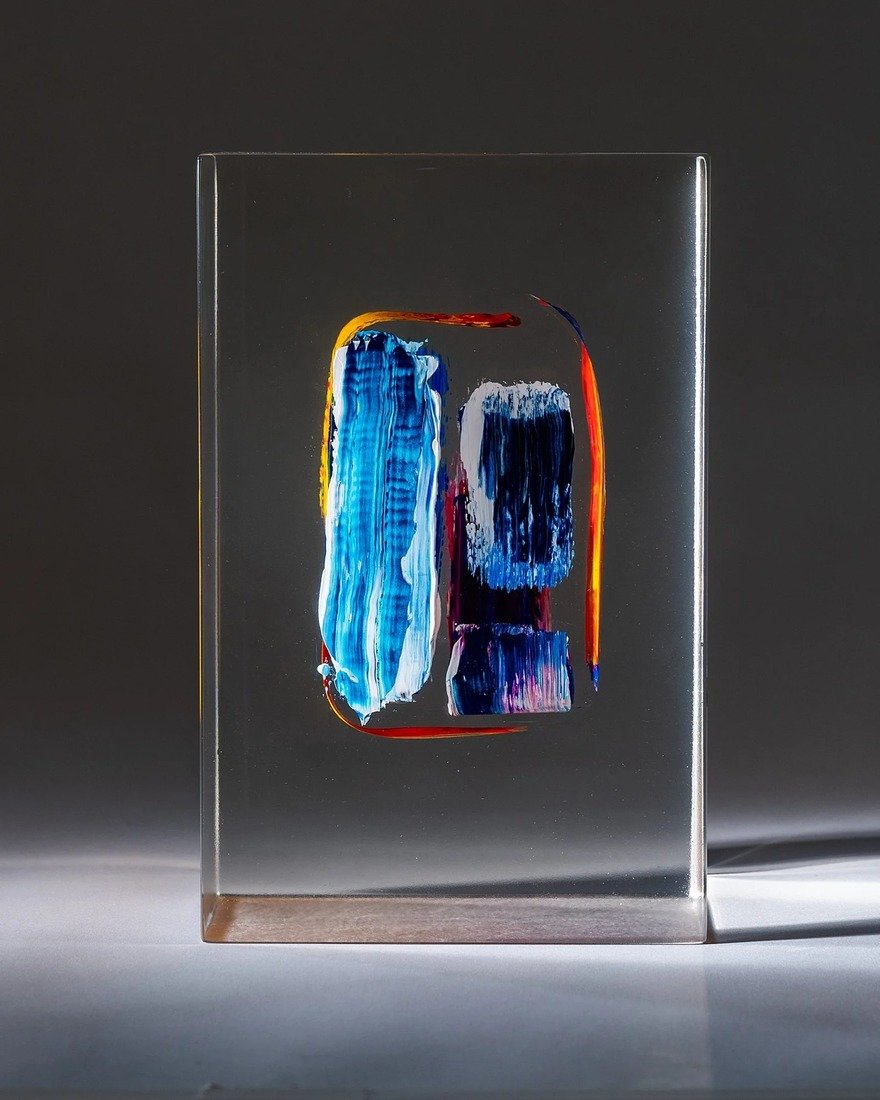
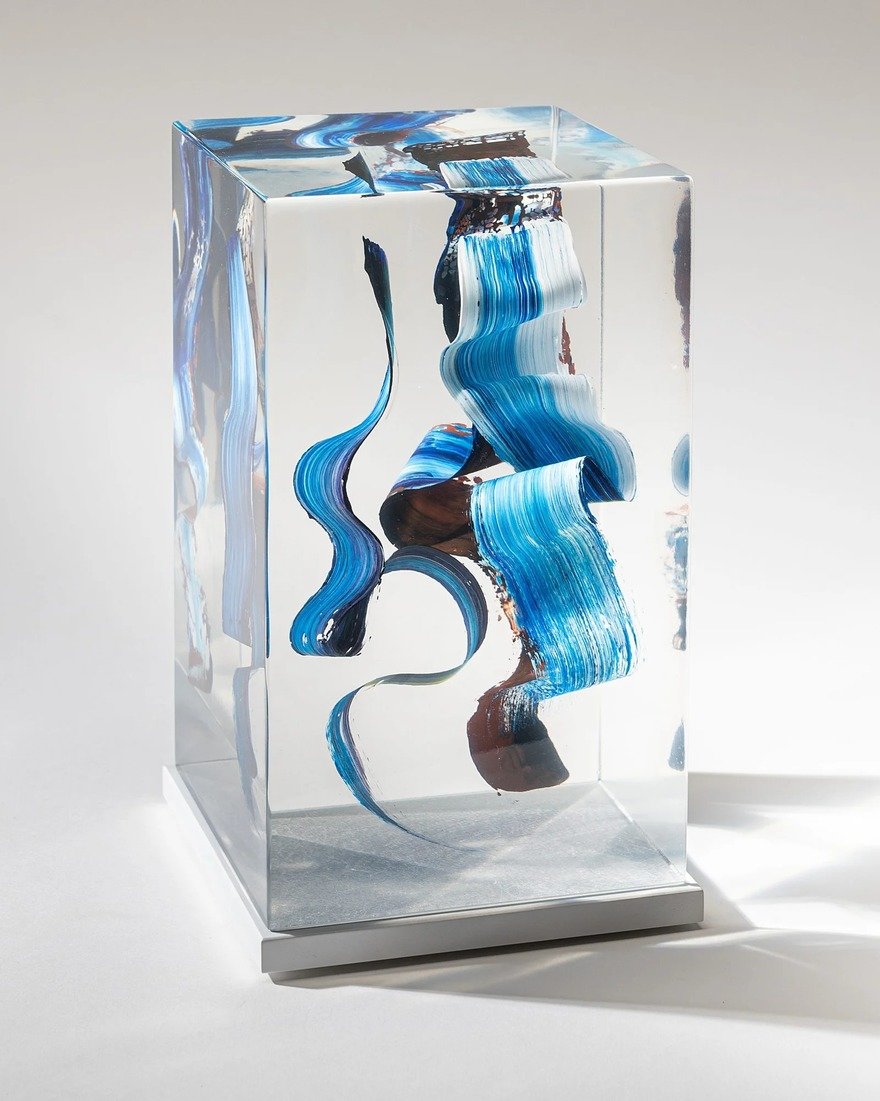
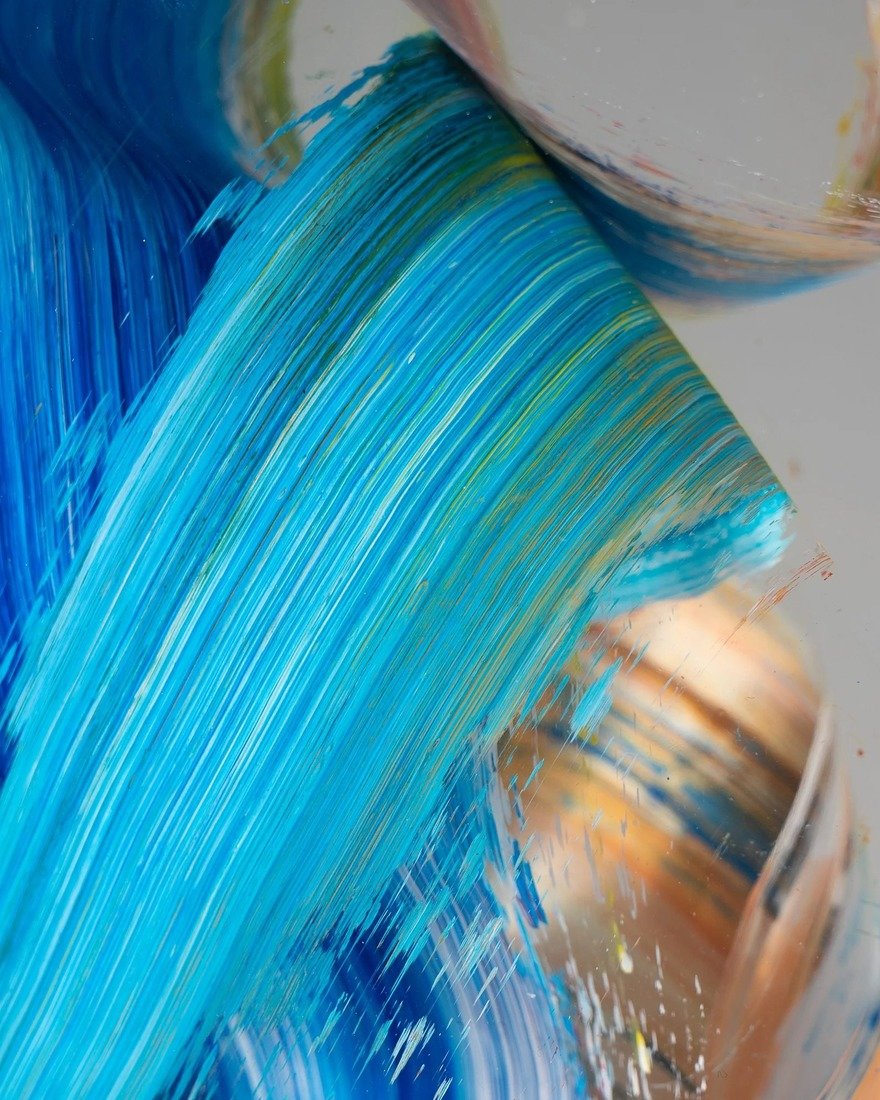
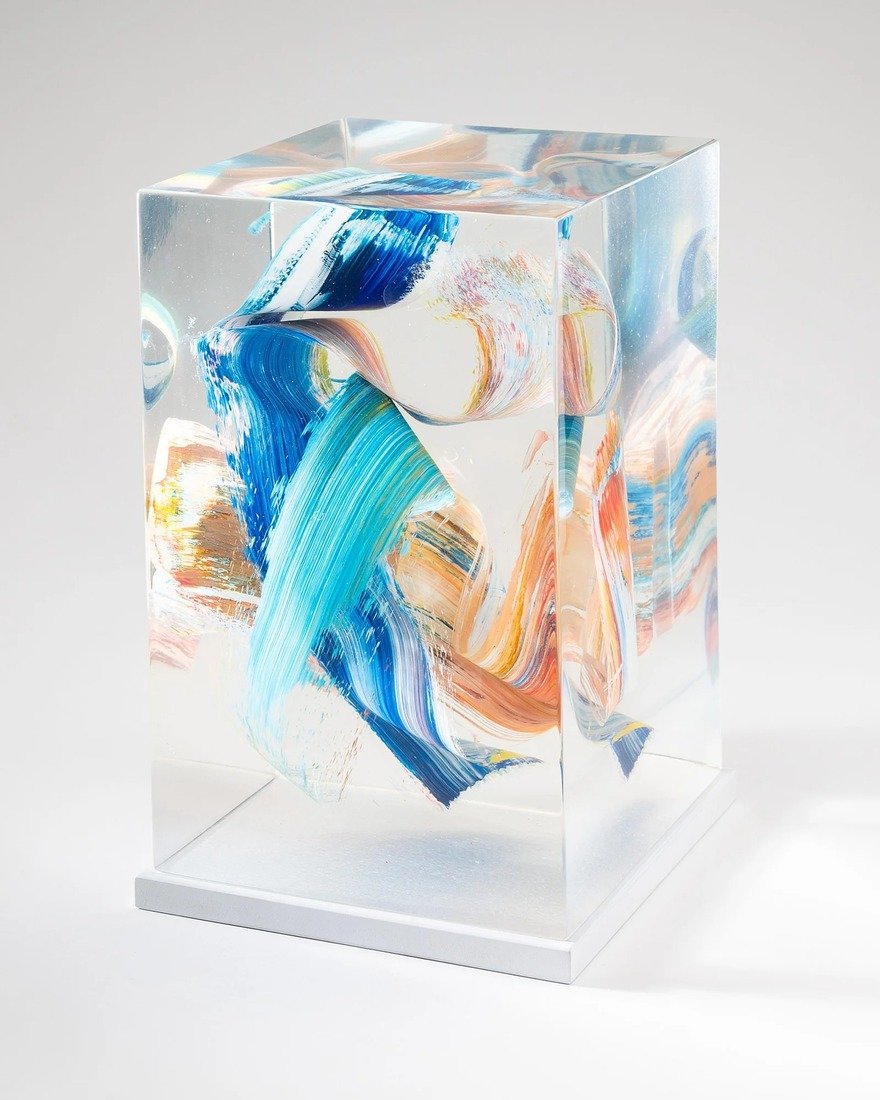
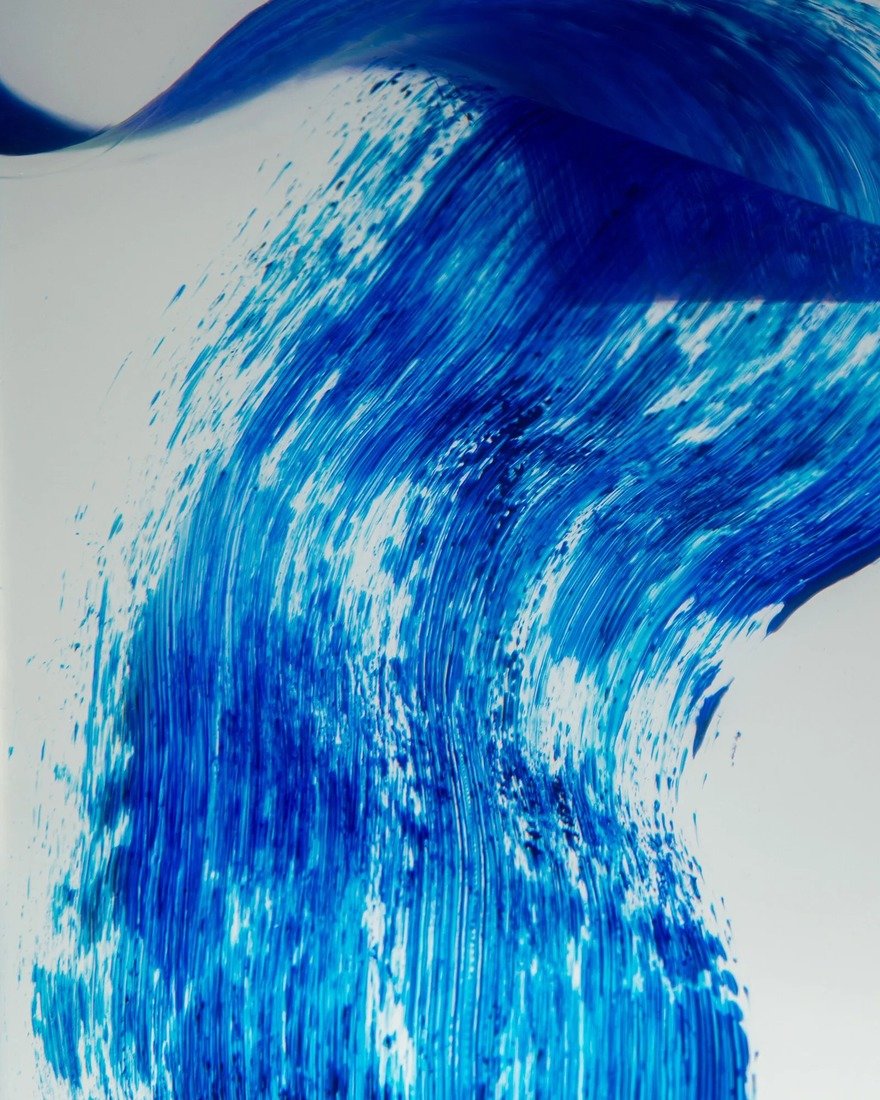
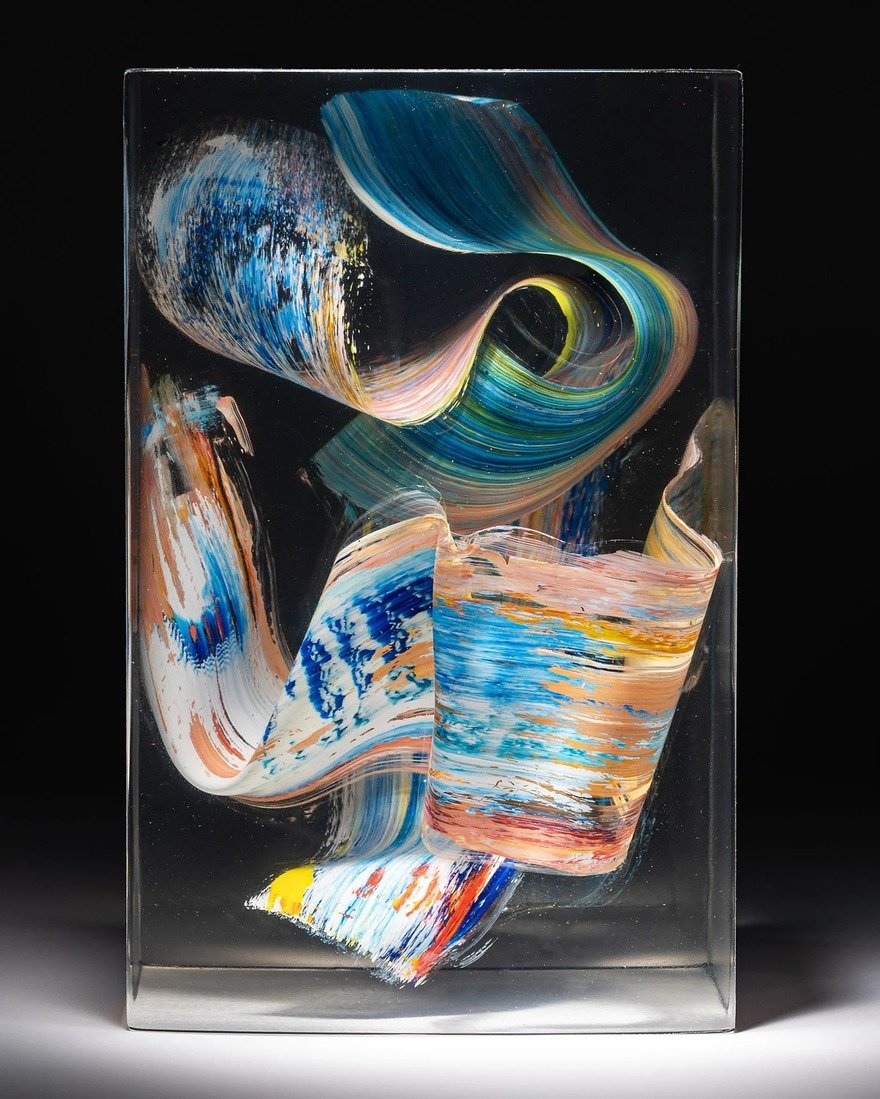
If I had to guess, he paints onto a strip of acetate or similar, waits for it to dry, then suspends it within the resin before it cures. Any other ideas?
-
o2Favorite This
-
Q2Comment
K
{Welcome
Create a Core77 Account
Already have an account? Sign In
By creating a Core77 account you confirm that you accept the Terms of Use
K
Reset Password
Please enter your email and we will send an email to reset your password.

Comments
If the film he paints on has the same refractive index as the resin, it will not be visible when encased in resin. Which leads me to think that he cast thin sheets of epoxy, and paint on those. The benefit of using epoxy, besides it having the same refractive index as the epoxy he used for the casting (it's the same resin) is that the epoxy becomes soft when heated, so the sheet can be bent exactly like he wants it, and when it cools down, it will be stiff enough to support itself, and it won't be affected by the pouring of the resin. (I.e. lots of control, parthe can be heated and bent using a heat gun, low heat will make it only slightly soft, so big bends can be made, while high heat will make it more soft, so tight curves can be made (Acetate would have the same stiffness, so would tend to prefer one bending radius, it would also need to be held in position. And would need support during the pouring of the resin) I would also assume that the sheet with the paint would be supported on legs, so that only the side of the sculpture facing down would have any witness of the support. (The joint would show when the cast is polished)
Rain I agree, you can see the edge of the strip of acetate/plastic in the last photo